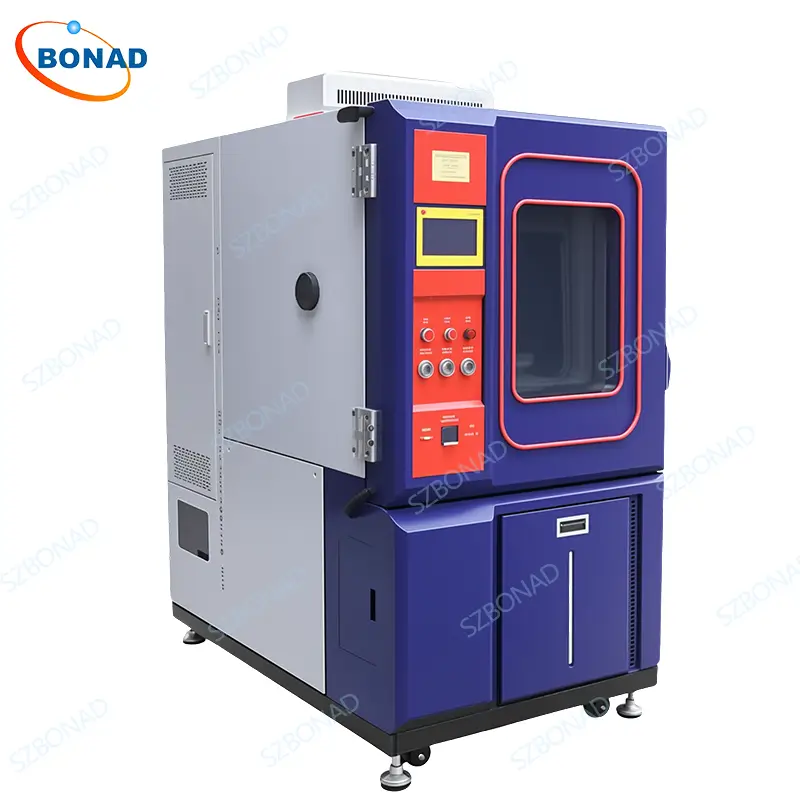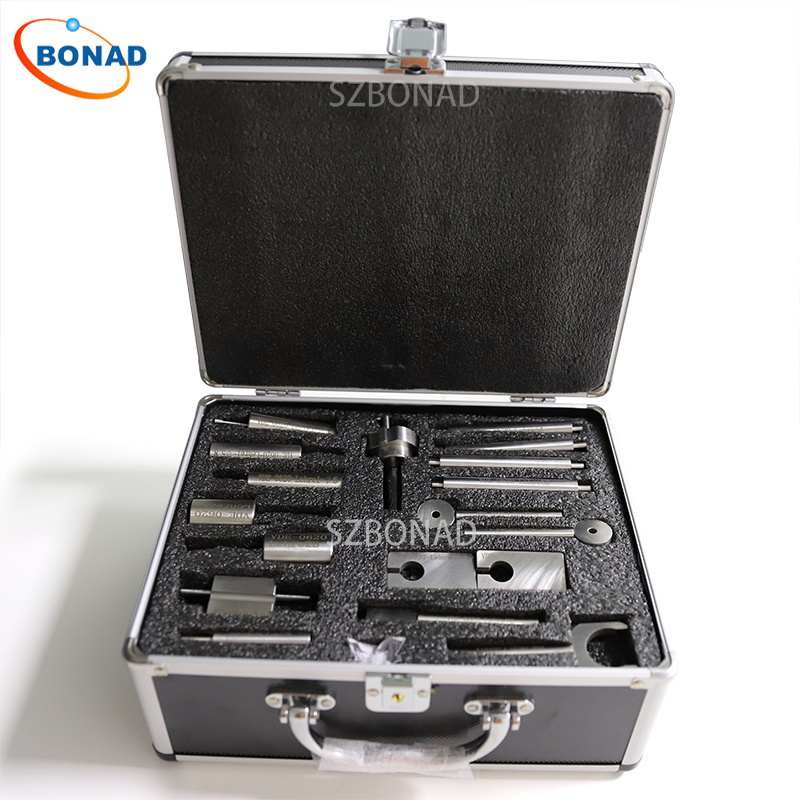In product and material testing, acronyms like HALT and HASS are common yet often misunderstood. While they sound similar and share some similarities, they serve distinct purposes in product reliability assurance. This article breaks down the differences between HALT and HASS testing and their applications in industries like electronics, aerospace, and military engineering.
What Is HALT and HASS Testing?
HALT (Highly Accelerated Life Testing) and HASS (Highly Accelerated Stress Screening) are accelerated reliability testing procedures designed to simulate extreme environmental and mechanical conditions. These tests help manufacturers identify design flaws and production defects before products reach the market.
Both tests involve a series of climatic and mechanical evaluations performed according to international standards such as:
- IEC 60749-15
- MIL-STD-883 Method 101 (HALT)
- MIL-STD-883 Method 1014 (HASS)
These standards are critical in high-stakes industries like electronics, aerospace, and defense, where product failure can have severe consequences.
HALT vs HASS: Similarities and Differences
Similarities
- Both methods accelerate real-world conditions to uncover weaknesses in products.
- They are widely used in electronics, aerospace, and military applications.
- Each involves climatic and mechanical stress tests.
Differences
- HALT Testing is conducted during the product development phase. It aims to identify design flaws early, allowing engineers to make corrections before mass production.
- HASS Testing occurs after production begins. It screens for recurring defects during manufacturing, ensuring consistent product quality before delivery.
Together, HALT and HASS testing ensure the highest product reliability and prevent costly recalls or failures.
BONAD Environmental Chambers for HALT/HASS Testing
Environmental chambers are essential for performing HALT/HASS tests. These chambers simulate extreme conditions, such as high temperatures and humidity levels, to stress-test products like electronic components.
BONAD environmental chambers are designed to meet international standards and can be programmed for automated test cycles. They are ideal for:
- Burn-in testing
- Climatic stress screening
- Accelerated life testing
With BONAD environmental chambers, manufacturers can ensure product reliability and quality throughout the development and production phases.



